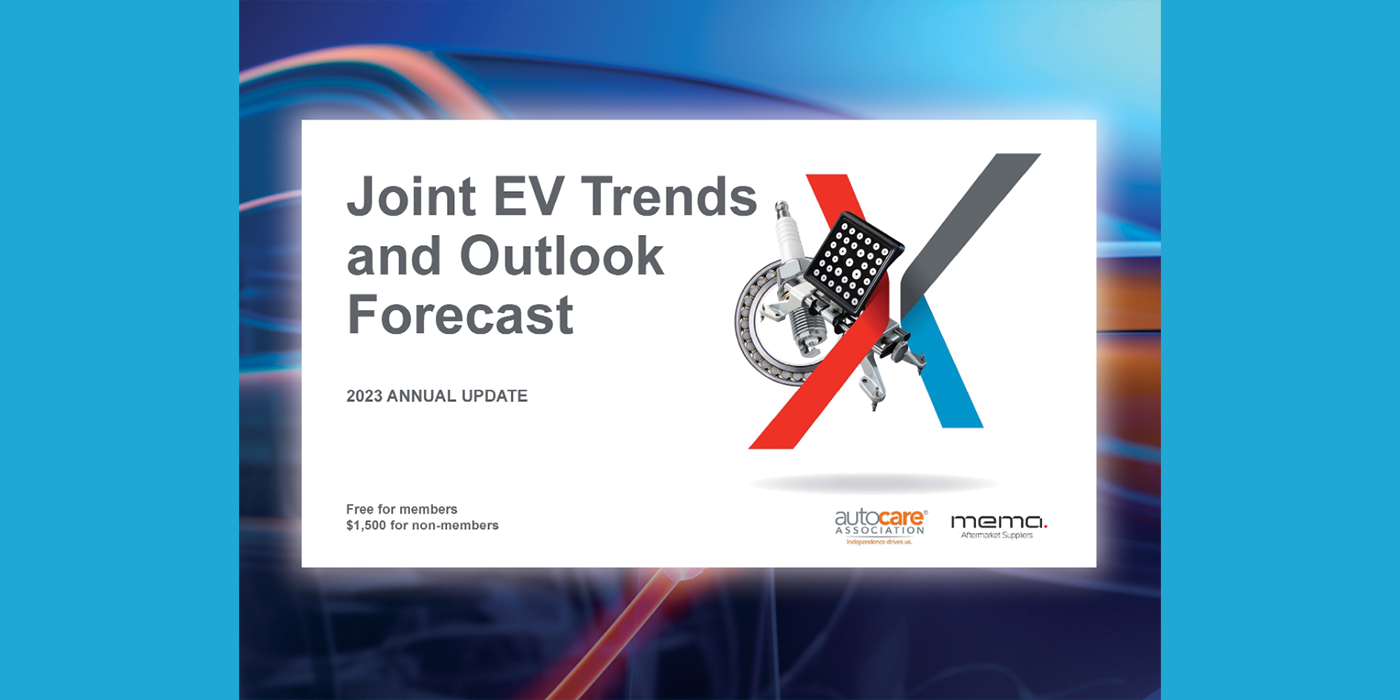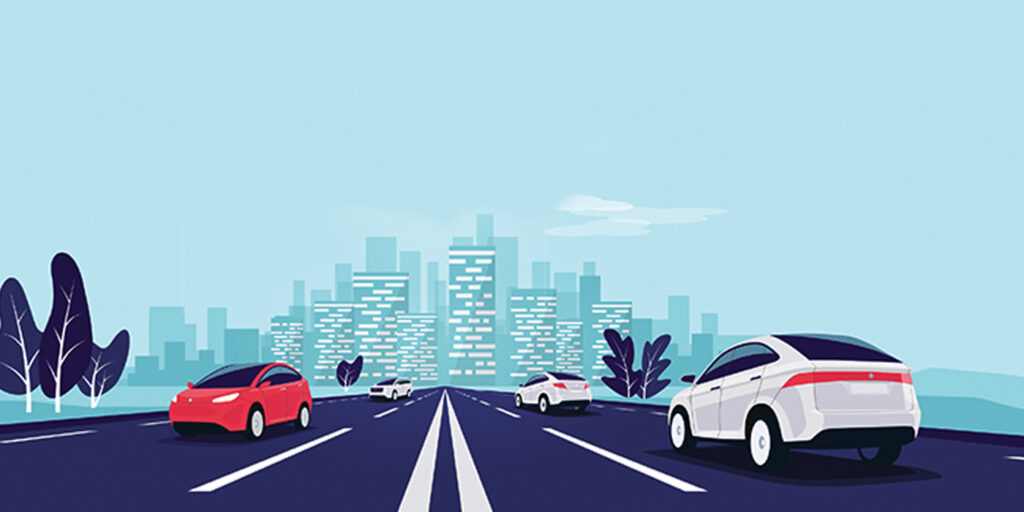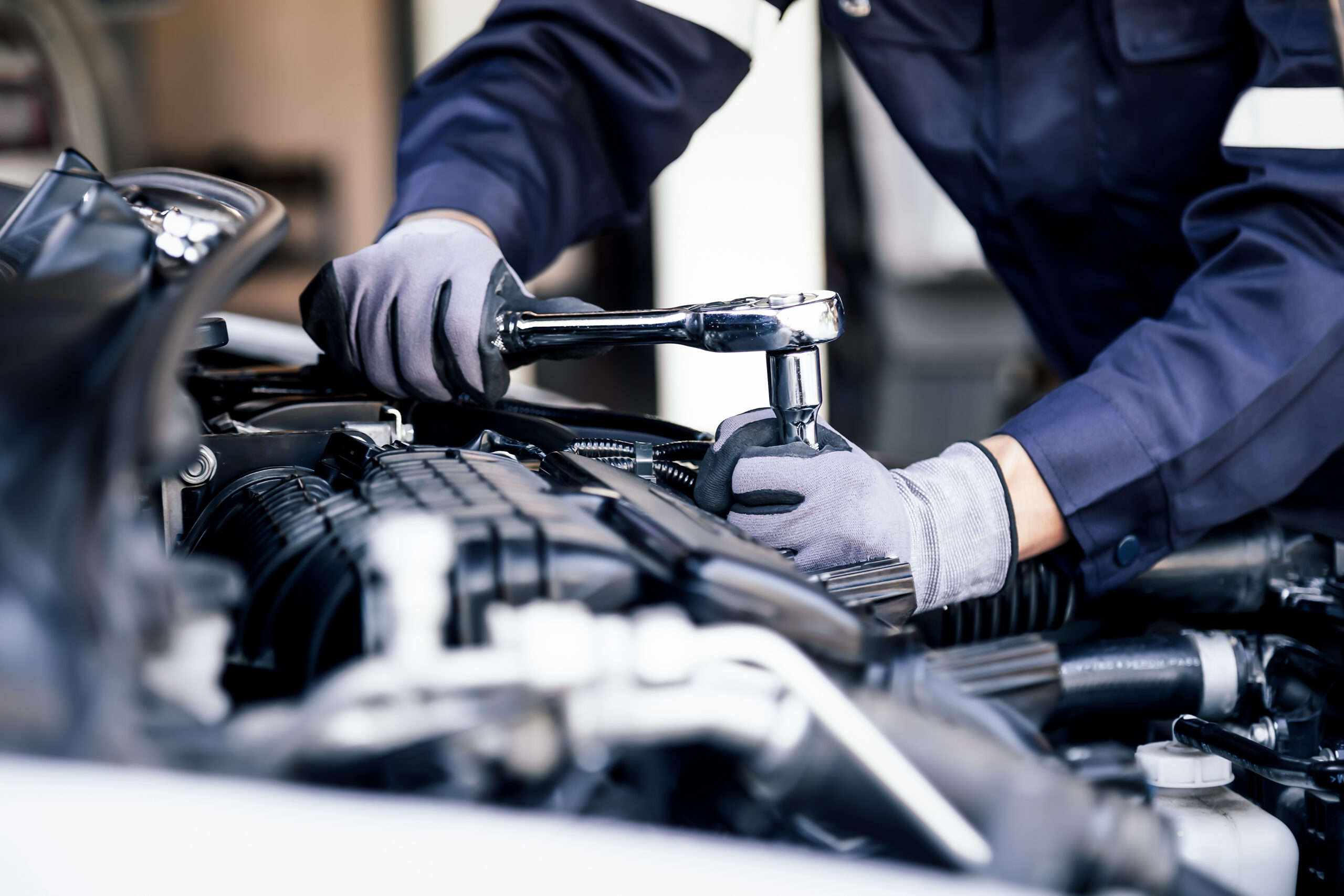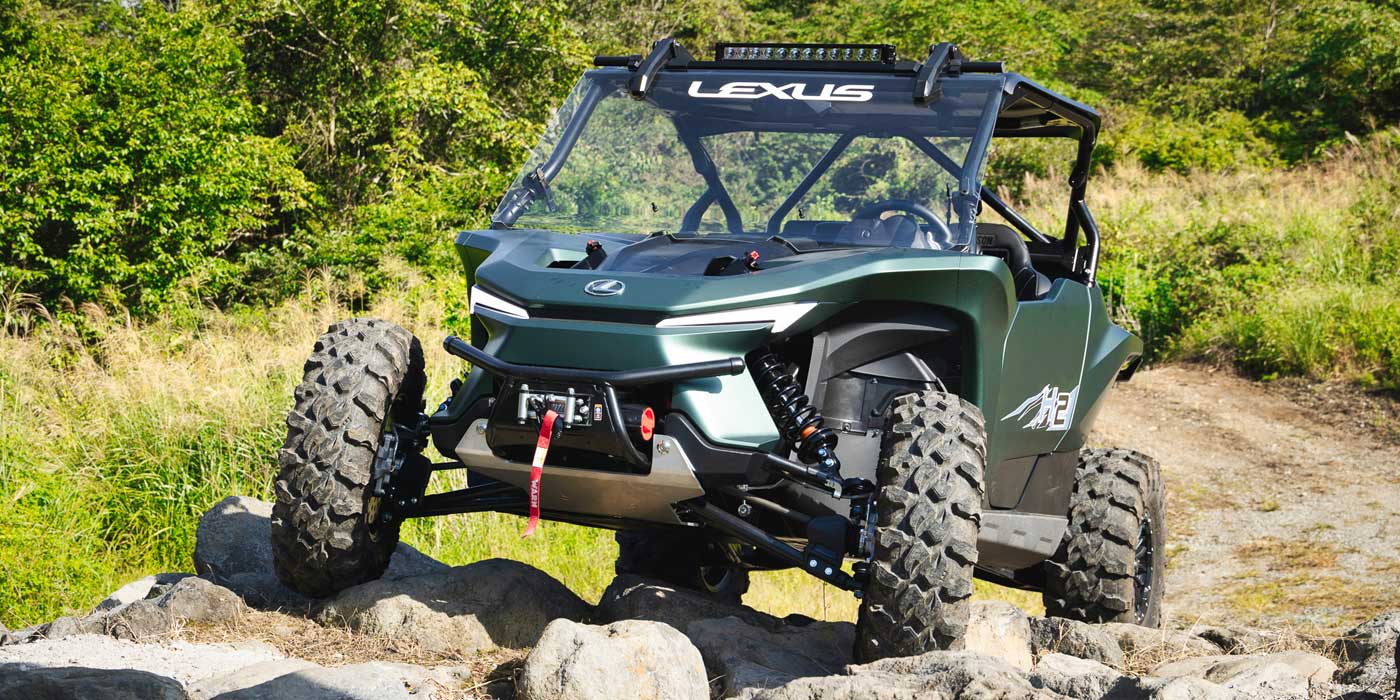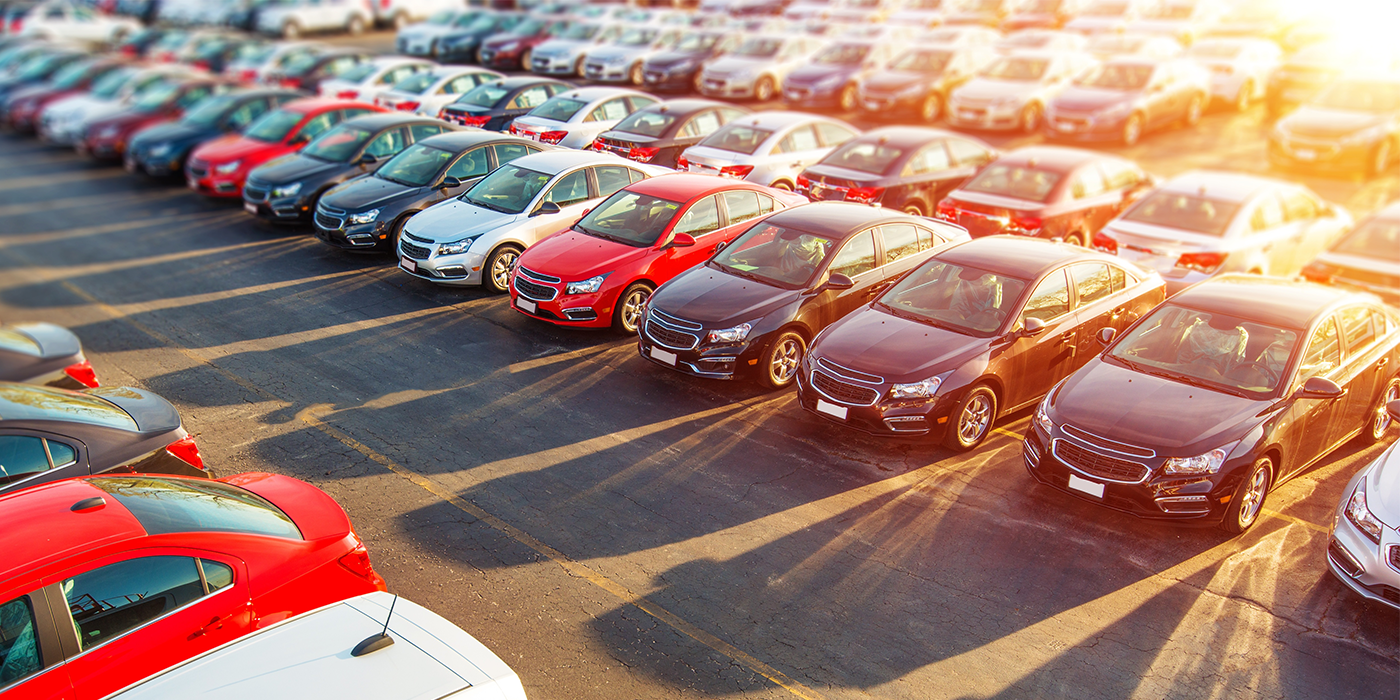Many countries have committed to become carbon-neutral economies by 2050 (China by 2060). IHS Markit is tracking these developments closely and offers new analysis on the transformation of the transport sector that will be required to meet these targets.
To succeed, the transportation sector will need to turn many of the vehicles in operation into battery electric vehicles (BEVs) or zero-emission vehicles (ZEVs) within the proposed timeframes. In turn, internal combustion engine (ICE) and hybrid vehicle sales will need to be phased out at least 10 years before the target dates, with many markets becoming pure BEV/ZEV sales markets by 2040 at the latest (with only few exceptions), according to IHS Markit estimates.
The U.S. is tied to Safer Affordable Fuel-Efficient (SAFE) rules until 2026. From 2027 onward, IHS Markit assumes that Biden’s administration will revert to the MPG improvement levels that are at least as stringent as those seen under the Obama administration. Furthermore, IHS Markit works with the assumption that five states including California will ban ICEs by 2035. Under these assumptions, a BEV/ZEV new-vehicle sales trend of between 25% to 30% by 2030 and 45% to 50% by 2035 is expected.
“The tipping point for decisions toward an accelerated BEV roadmap or even a full BEV switch has arrived in the boardrooms of major OEMs in regulated markets,” said Reinhard Schorsch, director, OEM Planning Solutions at IHS Markit.
Consequently, Jaguar, Volvo, Mini, Bentley and Ford Europe have announced ambitions to become BEV brands by 2030. Other brands are striving to make BEVs their major propulsion system by then. These include Porsche (80% BEV), VW Europe (70% BEV), Land Rover (60% BEV), BMW (50% BEV) and Kia Europe (50% BEV).
Regulations enforce the move toward BEVs/ZEVs, OEMs plan according to or even beyond regulation compliance, but markets and customers need to be ready.
“Broad consumer acceptance and readiness for BEVs will occur when price and total cost of ownership match with mobility budgets, when real driving ranges match with use cases and when charging is no longer a concern in consumers’ mindsets,” according to Schorsch.
Due to incentives, price parity between BEVs, ICEs and hybrids largely exist today. When incentives run out, however, OEMs will need to compensate these through cost and price reductions for BEVs. but perhaps not to the same extent. ICE prices will likely increase as incumbent OEMs favor profits over volumes. Overall, IHS Markit expects that by 2030, BEV prices will not be an obstacle constraining demand. IHS Markit also believes that the “range anxiety” problem will be solved by 2030.
Charging infrastructures remain the key questionable factor in this context – market by market. They can be developed over time, but it is yet to be seen if their development speed will keep pace with the development of the other factors driving demand.
The direction is obvious in regulated markets, but the road ahead is not straight, says IHS Markit.



